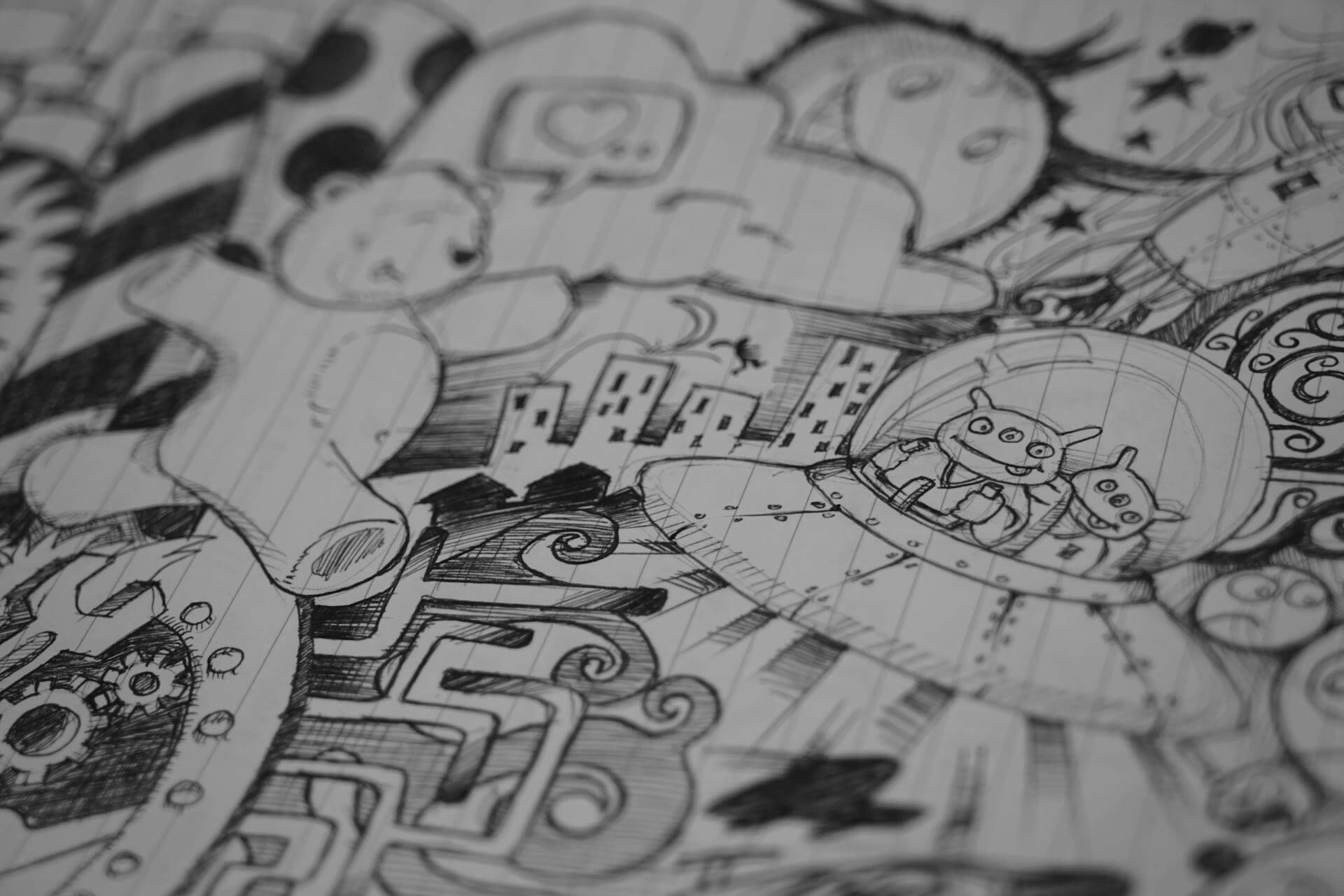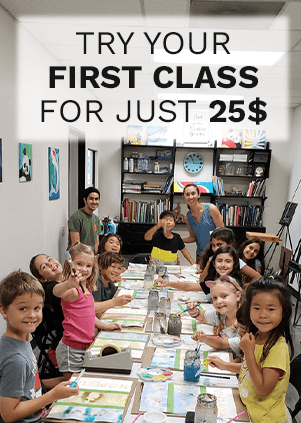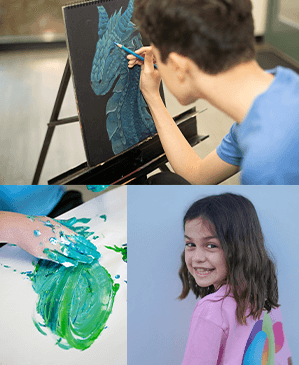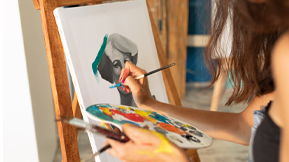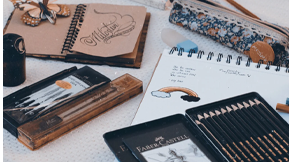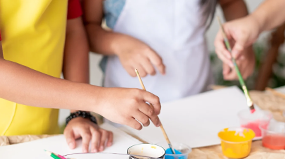Creating cartoon characters that resonate with audiences is both an art and a craft. It’s about blending creativity with an understanding of what makes characters memorable. Whether you’re just starting out or have years of experience, mastering character design principles is essential. In this blog, we’ll explore the key techniques that form the backbone of character creation and dive into the latest trends shaping the industry.
The Art of Character Creation
At the heart of every great cartoon character is a well-thought-out design that balances simplicity with depth. A character’s silhouette, for example, is one of the most powerful tools a designer has. Think of iconic characters like Mickey Mouse or SpongeBob SquarePants—what makes them instantly recognizable is their unique shape. This is no accident; strong silhouettes are a foundational aspect of character design that ensures a character is easily identifiable, even in shadow.
But a character’s shape is just the beginning. Color plays a crucial role in defining a character’s personality and mood. The colors chosen for a character are not just about aesthetics—they’re a form of visual storytelling. For instance, bright, vibrant colors can convey energy and positivity, while darker, muted tones might suggest something more mysterious or serious. Understanding color theory and how different hues interact can elevate a character from good to iconic.
Exaggeration is another vital element, especially in cartoons. It’s about amplifying certain features to make a character more expressive. Large eyes can make a character seem more innocent or endearing, while an oversized grin might make them appear mischievous or joyful. The right level of exaggeration can bring out the character’s personality in a way that’s both memorable and relatable.
However, a character’s design is only as strong as its story. A compelling backstory, even if it’s never fully revealed, informs every aspect of a character’s appearance. This history should be reflected in their posture, clothing, and facial expressions, giving the character a sense of depth that audiences can connect with.
The Shifting Landscape of Character Design
As the animation industry evolves, so do the trends in character design. One notable change is the growing popularity of minimalist designs. With the rise of mobile gaming and web-based comics, there’s been a move towards simpler, more streamlined characters. These designs are not only easier to animate but also resonate with a broad audience who consume content quickly and on the go.
At the same time, nostalgia has found its place in modern design. Many creators are drawing inspiration from the past, reimagining retro styles to create characters that appeal to both older audiences and new generations. This trend taps into the familiarity and warmth of classic animation while introducing fresh, contemporary elements.
Diversity in character design is another area where the industry is making strides. There’s a conscious effort to create characters that reflect a wide range of backgrounds, cultures, and experiences. This focus on inclusivity not only improves the stories but also makes animation more relatable to people around the world.
Nurturing Your Creative Process
If you’re just beginning your journey in character design, remember that practice and perseverance are your best tools. The more you sketch, the more you refine your ability to create compelling characters. Don’t shy away from studying the characters that inspire you. Analyze what makes them work, from their shapes and colors to their backstories and personalities.
Building an art portfolio is another essential step. Showcase your accomplishments by including a variety of projects that demonstrate your range and creativity. And don’t be afraid to seek feedback—whether from peers, mentors, or online communities. Constructive criticism can offer new perspectives and help you grow as a designer.
Conclusion
Character design is an intricate blend of art, storytelling, and psychology. You can create characters that leave a lasting impact by mastering the fundamentals, staying up to date with industry shifts, and learning from experienced designers. Whether you’re aiming to design the next animated sensation or simply want to improve your skills, the journey of character design is as rewarding as it is challenging.

